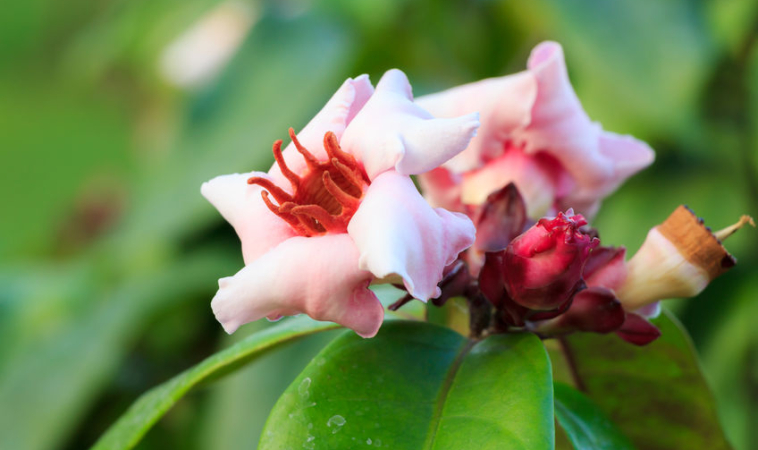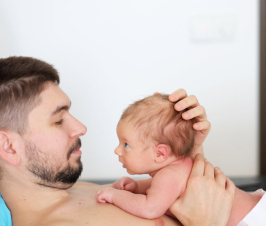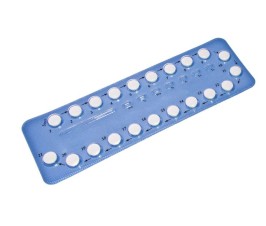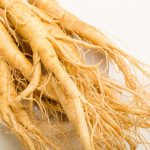Node Smith, ND
Male Birth Control Pill Could Not be Far Off
The question of contraception is largely left up to women, because most of the contraception methods are directed at the female population. Besides condoms, men don’t have an effective method to utilize. The development of a male birth control pill has been talked about for years, and perhaps it’s not far off.
Compound Found within Strophanthus Gratus
A research team has a good lead on a possible agent to use in a male birth control pill. A compound that is found within the seeds of an African plant, Strophanthus gratus, shows promise for the development of a male birth contraceptive method. The compound, Ouabain – g-strophanthin – was first isolated by E.W Schwartze in 1929 and has both steroidal and saccharide properties. It is part of the cardenolide family, and typically is contained within the leaves of plants to deter insects. Ouabain is used in biomedical research and can be used also to treat heart failure. Extracts from the plant have been used by certain African warriors and hunters as a lethal toxin, which they add to the points of arrows.
Mammals Produce their Own Ouabain
Mammals actually produce their own ouabain, though at much lower levels. It is thought to help control blood pressure – hence the use of small doses in certain cardiac conditions.
Ouabain Inhibits Passage of Sodium and Calcium Ions
Ouabain inhibits the passage of sodium and calcium ions through NA/K – ATPases, which are found in cellular membranes and are composed of certain protein subunits. There is a type of subunit that is specific only to sperm cells, subunit a4. The protein is known to be critical to fertility (at least in male mice). Ouabain has a strong affinity for a4. In previous clinical studies it has been noted that ouabain has lowered fertility in men, though it isn’t an option for contraception because of the heart risk.
What is Current Research Targeting?
Analogs of ouabain are thus what current research is targeting; something that will likely bind to the a4 protein in sperm, but leave the subunits found in cardiac tissue alone.
Researchers Findings
By replacing a sugar group and lactone group of ouabain with a triazole group, the researchers found an analog that is fairly good at honing in on the a4 in sperm cells in rats. Once bond to the protein it inhibits the sperm’s ability to swim. The drug had no toxicity to the rats. The contraceptive effect should be reversible, say the researchers, because a4 is only present on mature sperm cells. After treatment is discontinued, future sperm cells should not be affected.
Source:
- Syeda SS, Sánchez G, Hong KH, Hawkinson JE, Georg GI, Blanco G. Design, Synthesis, and in Vitro and in Vivo Evaluation of Ouabain Analogues as Potent and Selective Na,K-ATPase α4 Isoform Inhibitors for Male Contraception. J Med Chem. 2018
Image Copyright: <a href=’https://www.123rf.com/profile_panya7′>panya7 / 123RF Stock Photo</a>
 Node Smith, ND, is a naturopathic physician in Portland, OR and associate editor for NDNR. He has been instrumental in maintaining a firm connection to the philosophy and heritage of naturopathic medicine among the next generation of docs. He helped found the first multi-generational experiential retreat, which brings elders, alumni, and students together for a weekend camp-out where naturopathic medicine and medical philosophy are experienced in nature. Four years ago he helped found the non-profit, Association for Naturopathic ReVitalization (ANR), for which he serves as the board chairman. ANR has a mission to inspire health practitioners to embody the naturopathic principles through experiential education. Node also has a firm belief that the next era of naturopathic medicine will see a resurgence of in-patient facilities which use fasting, earthing, hydrotherapy and homeopathy to bring people back from chronic diseases of modern living; he is involved in numerous conversations and projects to bring about this vision.
Node Smith, ND, is a naturopathic physician in Portland, OR and associate editor for NDNR. He has been instrumental in maintaining a firm connection to the philosophy and heritage of naturopathic medicine among the next generation of docs. He helped found the first multi-generational experiential retreat, which brings elders, alumni, and students together for a weekend camp-out where naturopathic medicine and medical philosophy are experienced in nature. Four years ago he helped found the non-profit, Association for Naturopathic ReVitalization (ANR), for which he serves as the board chairman. ANR has a mission to inspire health practitioners to embody the naturopathic principles through experiential education. Node also has a firm belief that the next era of naturopathic medicine will see a resurgence of in-patient facilities which use fasting, earthing, hydrotherapy and homeopathy to bring people back from chronic diseases of modern living; he is involved in numerous conversations and projects to bring about this vision.

















